Definition
noun
Interphase II, i.e. a short resting period occurring between meiosis I and meiosis II
Supplement
Meiosis is a specialized form of cell division that ultimately gives rise to non-identical sex cells. There are two successive nuclear divisions: meiosis I and meiosis II. Each of them has four major phases. These are prophase, metaphase, anaphase and telophase. Each of these phases is designated as I or II depending where it occurs, i.e. in meiosis I or in meiosis II. In both nuclear divisions (i.e. meiosis I and meiosis II), cytokinesis occurs. Cytokinesis is the division of the cytoplasm and the plasma membrane following the division of the nucleus resulting into two cells, each having its own nucleus and cytoplasm surrounded by a plasma membrane. After the first cytokinesis, there may be a short period of rest before the new cell proceeds to meiosis II. This resting period is called interkinesis or interphase II. It is called interphase II because the first interphase (i.e. interphase I) takes place before the cell enters meiosis I. It is in interphase I that the cell replicates its DNA. No DNA replication occurs in interphase II. Nevertheless, proteins and RNAs are synthesized before the cell proceeds to meiosis II. The spindle in meiosis I disassembles and the microtubules reassemble giving rise to new spindles for meiosis II.
There are organisms that do not have an interkinesis. The cells produced from meiosis I immediately proceed to meiosis II.
Word origin: Latin inter– (between) + Greek kinēsis (motion, movement)
See also:
Dictionary > Interkinesis
You will also like...
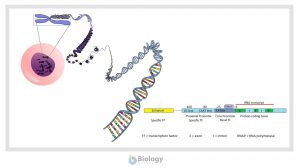
Gene Regulation in Eukaryotes
Learn about the general structure of a eukaryotic gene, the transcription factors, and post-transcriptional regulation....
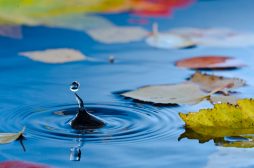
Abiotic Factors – Water Conditions
A still body of water may be disturbed by a variety of factors. One of them is wind. In fact, it is considered as the pr..
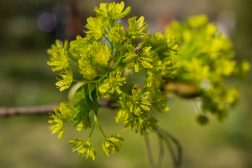
Gibberellins and Gibberellic Acid
This tutorial describes the role of gibberellin family in plants. Find out the effects of gibberellin on plant growth an..
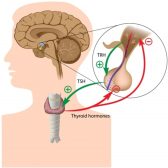
Hormone Production
Hormones are chemical messengers produced by specialized glands and they were produced by switching on the genes designe..
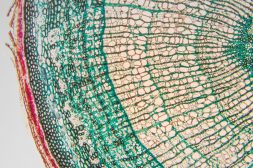
Plant Tissues
Plant organs are comprised of tissues working together for a common function. The different types of plant tissues are m..
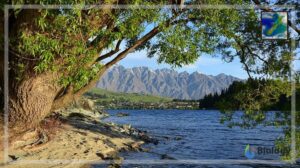
New Zealand’s Unique Geographical History
Explore why New Zealand has such unique flora and fauna, and learn why long periods of geographical isolation. This less..

